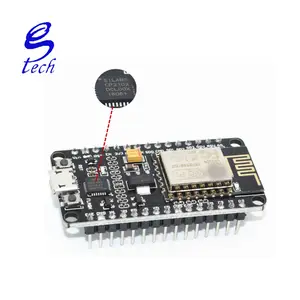Popular in your industry




















































































































Top categories
About 14.4v bms
Understanding 14.4V BMS Technology
Battery Management Systems (BMS) are crucial for monitoring and managing the power output and health of battery packs. A 14.4v bms is specifically designed for 14.4-volt battery systems, commonly used in a variety of applications. This category encompasses systems that ensure the safe and efficient operation of batteries by regulating charge states, balancing cell voltages, and protecting against overcharging and deep discharge.
Types and Configurations
The bms 14.4 v category includes a range of products tailored for different battery configurations, notably the bms 4s 14.4 v, which is compatible with four-cell battery packs. These systems vary in complexity and features, catering to diverse requirements from simple single-cell applications to complex, multi-cell arrangements.
Applications and Uses
A 14.4 v bms is versatile, finding its place in various sectors such as renewable energy systems, portable electronic devices, and electric vehicles. The adaptability of these systems allows for their integration into custom battery solutions, ensuring that they meet the specific needs of each application.
Features and Materials
The construction of a 14.4v bms involves high-grade electronic components that facilitate real-time monitoring and control. These systems are often built with robust materials that can withstand the rigors of daily use, ensuring longevity and consistent performance.
Advantages of Using a 14.4V BMS
Incorporating a bms 14.4 v into a battery system brings several advantages, such as extended battery life, improved reliability, and enhanced safety. By continuously monitoring cell health and preventing damaging conditions, these systems play a pivotal role in maximizing the efficiency of battery-powered solutions.
Choosing the Right 14.4V BMS
Selecting the appropriate bms 4s 14.4 v requires an understanding of the specific needs of the battery pack and the application it powers. Factors to consider include the number of cells, the required current rating, and additional features such as thermal management and connectivity options.

















































































































